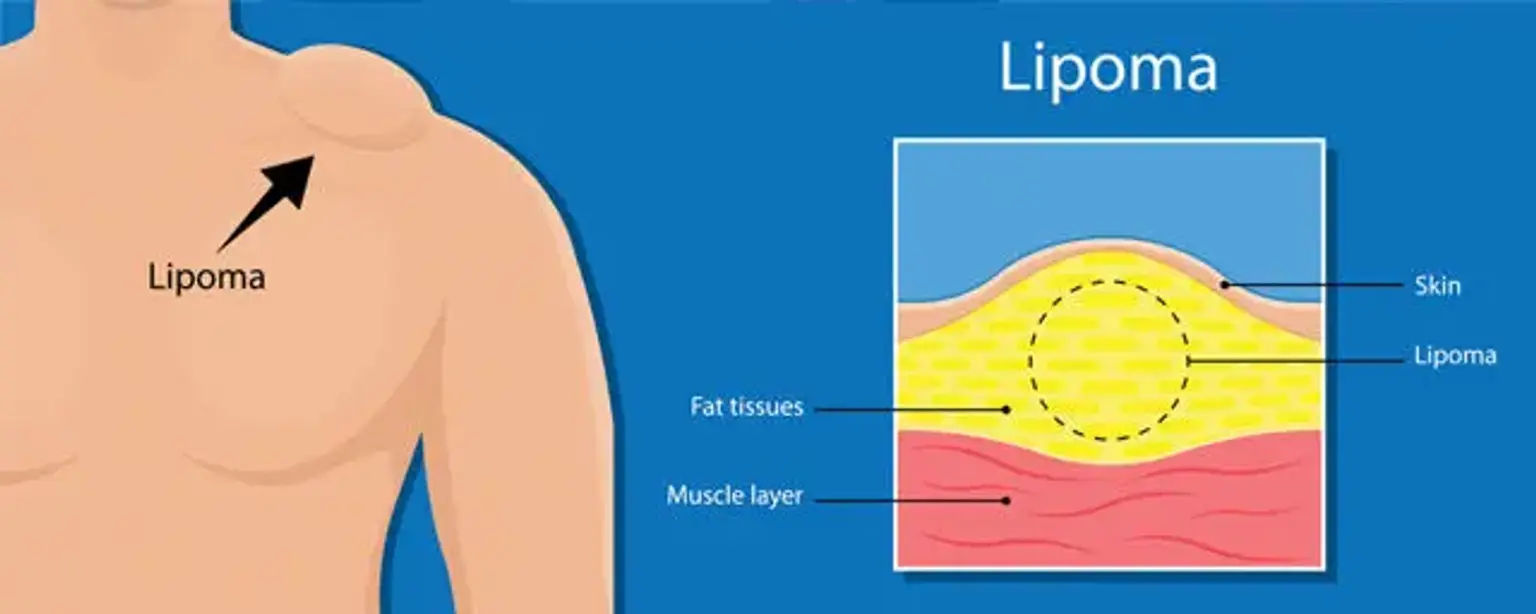Soft Tissue Tumors: Malignant and Benign Tumors
Soft tissue tumors can occur and affect any part of the body, including the abdomen, legs, and arms. They often vary in nature and how they appear. While some are minor and less intensive, others tend to be aggressive. As the tumor invades the surrounding tissues, it becomes more and more difficult to be removed completely. In the end, this increases the possibility of the tumors recurring.
Basically, soft tissues refer to the tissues that support, surround, and link the internal bones and organs. It consists of the muscles, ligaments, tendons, blood vessels and lymph, skin, fat, synovial membranes, and fibrous tissue.
Type of Soft Tissue Tumors
